As a teacher, I know exactly where I want my classroom of students to be by the end of the year. You will learn very early on that I care tremendously about your child and their education. It is my goal that each student reach their maximum potential in first grade. More importantly, I want to instill in each one of them a love for learning. After all, this is the most important lesson to be learned!
With that in mind, I am focusing on the following *literacy goals for the students over the year:
* participate in a reading community
* build reading habits, and responsibilities
* develop an awareness of their thinking as they read, listen, and view
* understand that their thinking matters
* leave tracks of their thinking by drawing and writing
* learn how to turn and talk to a partner about their thinking
* learn what a specialist is and what it means to have a passion
* recognize that they all come to school with lots of information and that they are all specialists in something
* use text and images to understand
* think and wonder about new learning
* jot down new learning on post it notes and sort them
* understand that misconceptions are normal and learners revise their thinking after reading and listening
* understand what it means to infer
* infer by merging the background knowledge with clues from the text
* grow to cherish the sound of words and the rhythm of language
* recognize what a detail is
* distinguish important information from interesting details
* understand that summarizing information about a topic helps us learn and remember important information
* use reading, thinking, and writing strategies to create a developmentally appropriate summary
* merge their thinking with information to write a summary that is interesting to read and written in their own voice
Things I keep in mind during our readers workshop:
Active literacy is when you READ-STOP-THINK. Nothing is more important than each students thinking. READ-WRITE-TALK. Must get students talking about their thinking. Active Learning allows for Responsive Teaching. One size does not fit all students! They each have their own needs. Post it notes are terrific spots for documenting their thinking. Drawing and writing are crucial to exploring, understanding, and learning about print. It is important to stop and reflect often. I show the children how we read, think out loud, and share thinking. Turning and talking to their neighbor allows them to collaborate and increase purposeful student to student talk. The children need social interaction in order to learn. Initially, the children will respond to literature in a brief response and gradually the responses will be longer. Comprehension strategies help children understand what they are reading in every context(math, science, social studies, history, etc.).
As I assess, I am looking for understanding. Is their learning authentic? I eavesdrop on their conversations, read their work, observe them each day, document their success, and take note of what I must review with them. This is necessary to gear effective instruction and know what I need to teach next.
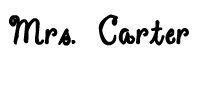
*These goals are adapted from Stephanie Harvey and Anne Goudvis~authors of The Primary Comprehension Toolkit

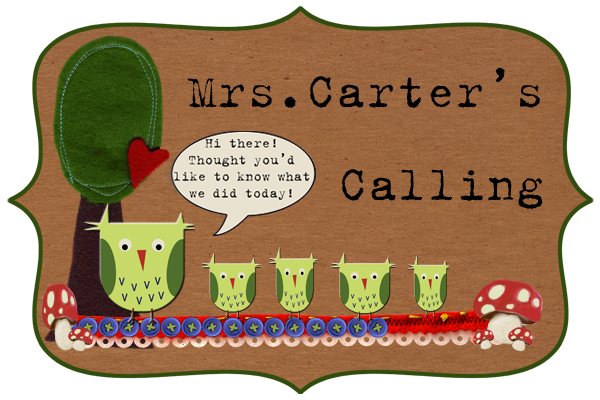



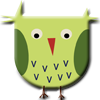










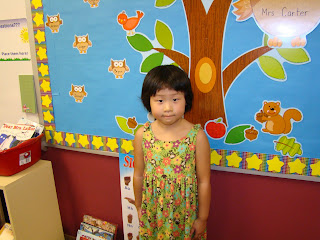








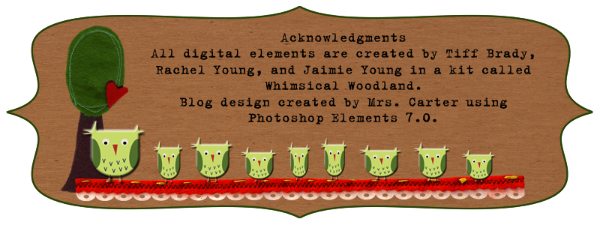
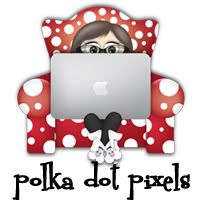
No comments:
Post a Comment
I love your comments and welcome them!
Feel free to communicate any ideas here!